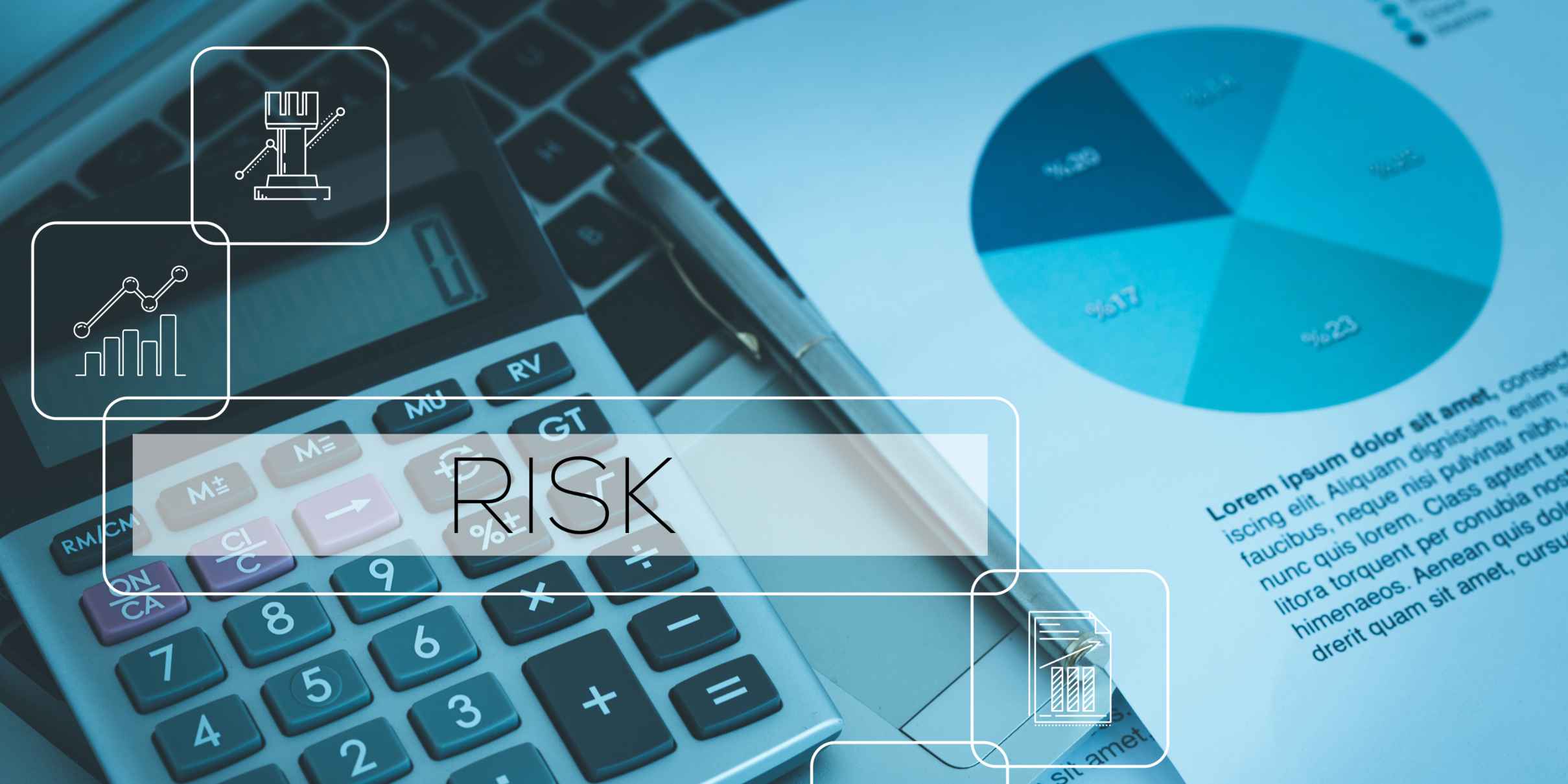The maximum fine for GDPR violations is €20 million or 4% of annual global turnover, whichever is higher. This applies to the most serious infringements, such as violating core data protection principles or data subjects' rights. For less severe violations, the maximum penalty is €10 million or 2% of annual global turnover. These substantial penalties reflect the EU's commitment to protecting personal data and ensuring organizations take data protection obligations seriously under the General Data Protection Regulation.
Understanding GDPR violation penalties
GDPR violation penalties are structured in a two-tiered system designed to ensure the punishment fits the severity of the infringement. This approach creates a proportionate enforcement mechanism that distinguishes between different types of violations.
The European Union implemented these significant fines to demonstrate the seriousness of data protection in our increasingly digital world. Before GDPR came into effect in May 2018, many data protection regulations lacked meaningful enforcement capabilities. The substantial financial penalties established under GDPR were deliberately designed to make non-compliance financially unviable for organizations of all sizes.
The regulation empowers each EU member state's supervisory authority to impose these administrative fines. These authorities assess violations case-by-case, considering factors like the nature, gravity, and duration of the infringement. This ensures penalties are effective, proportionate, and dissuasive while maintaining consistency across different jurisdictions.
What is the maximum fine for GDPR violations?
The maximum fine for GDPR violations is €20 million or 4% of the organization's total worldwide annual turnover for the preceding financial year, whichever is higher. This upper tier applies to the most severe violations of GDPR principles.
These highest-level fines are reserved for infringements of:
- The basic principles for processing data (including conditions for consent)
- Data subjects' rights (access, rectification, erasure, portability, etc.)
- International data transfer restrictions
- Any obligations specified in member state law for special cases
- Non-compliance with an order from a supervisory authority
For less severe violations, the lower tier maximum penalty is €10 million or 2% of annual global turnover. These typically apply to infringements relating to:
- Obtaining children's consent
- Data protection by design and default
- Record-keeping obligations
- Security of processing requirements
- Breach notification duties
- Data Protection Impact Assessment requirements
- Data Protection Officer obligations
It's important to note that these are maximum limits, and most fines fall below these thresholds, particularly for first-time or less serious violations.
How are GDPR fines calculated?
GDPR fines are calculated based on a comprehensive assessment of multiple factors specified in Article 83(2) of the regulation. Supervisory authorities don't simply impose maximum penalties but carefully weigh various elements of each case.
The key factors that determine the final fine amount include:
- Nature, gravity and duration of the infringement
- Intentional or negligent character of the violation
- Actions taken to mitigate damage to data subjects
- Technical and organizational measures implemented
- Previous relevant infringements by the controller or processor
- Degree of cooperation with the supervisory authority
- Categories of personal data affected
- Manner in which the infringement became known to the authority
- Adherence to approved codes of conduct or certification mechanisms
- Any other aggravating or mitigating factors
This multi-factor approach ensures that penalties are proportionate to both the violation and the organization's circumstances. For instance, a company demonstrating good faith efforts to comply, promptly reporting breaches, and cooperating with authorities may receive a reduced fine compared to one that attempted to conceal violations or showed disregard for data protection principles.
What are some notable GDPR fine examples?
Several notable GDPR fines have been imposed since the regulation came into effect, demonstrating regulatory authorities' commitment to enforcement. These cases provide valuable insights into how violations are assessed and penalized.
Some of the most significant fines include:
- Amazon: €746 million fine by Luxembourg's authority in 2021 for improper data processing practices
- WhatsApp Ireland: €225 million fine in 2021 for lack of transparency about data sharing with Facebook
- Google: €50 million fine by France's CNIL in 2019 for lack of valid consent and transparency
- H&M: €35.3 million fine in 2020 for excessive employee surveillance
- TIM (telecom provider): €27.8 million fine for aggressive marketing practices and improper data management
- British Airways: €22 million (reduced from €204 million) for security failures leading to a data breach
- Marriott International: €20.4 million for security failures in a breach affecting 339 million guests
These cases highlight that significant penalties are being imposed for various types of violations, from inadequate security measures to improper consent mechanisms and failure to uphold data subject rights. They also show that no organization is too large to escape scrutiny, with some of the world's biggest companies receiving substantial fines.
Can GDPR fines be appealed?
Yes, GDPR fines can be appealed through legal processes established in each EU member state. Organizations have the right to an effective judicial remedy against decisions of supervisory authorities under Article 78 of the GDPR.
The appeal process typically involves challenging the fine in the national courts of the member state where the supervisory authority is established. Organizations may appeal on various grounds, including:
- Procedural irregularities in the investigation
- Misinterpretation of GDPR provisions
- Disproportionate penalty relative to the violation
- Factual inaccuracies in the authority's findings
- Mitigating circumstances not adequately considered
Several successful appeals have resulted in reduced fines. For example, British Airways' initial €204 million fine was reduced to €22 million after appeal, partly due to the economic impact of the COVID-19 pandemic and improvements in security practices. Similarly, Marriott's initial fine was reduced from €99 million to €20.4 million.
However, appeals are not always successful. Google's appeal against the €50 million CNIL fine was rejected by France's highest administrative court, which upheld the original decision. The appeal outcome largely depends on the specific circumstances, the strength of the legal arguments presented, and the robustness of the initial decision-making process.
How can organizations prevent GDPR violations?
Organizations can prevent GDPR violations by implementing a comprehensive data protection framework that embeds privacy considerations into all aspects of their operations. A proactive compliance approach is far more cost-effective than addressing violations after they occur.
Key preventive measures include:
- Data mapping and inventories: Document what personal data you collect, where it's stored, how it's processed, and who has access
- Robust data protection policies: Develop clear policies covering data collection, processing, retention, and deletion
- Privacy by design: Incorporate data protection considerations from the earliest stages of product and process development
- Regular staff training: Ensure all employees understand GDPR requirements relevant to their roles
- Valid consent mechanisms: Implement clear, specific consent processes that are easily accessible and revocable
- Data subject rights procedures: Create efficient systems for handling access, deletion, and other data subject requests
- Breach detection and response plan: Develop protocols for identifying, containing, and reporting data breaches
- Data Protection Impact Assessments: Conduct DPIAs for high-risk processing activities
- Third-party risk management: Assess and monitor vendors and partners who process data on your behalf
- Regular compliance audits: Periodically review and test your data protection measures
Many organizations find that leveraging specialized GRC (Governance, Risk, and Compliance) platforms helps automate and streamline these processes. These solutions can centralize compliance documentation, track ongoing obligations, manage risk assessments, and provide real-time visibility into compliance status across the organization.
Key takeaways about GDPR maximum fines
Understanding GDPR fines is essential for organizations that process personal data of EU residents. The regulation's substantial penalties reflect the importance placed on data protection in today's digital economy.
The key points to remember include:
- Maximum fines reach €20 million or 4% of global annual turnover for serious violations
- Lesser infringements can incur fines of up to €10 million or 2% of turnover
- Fines are calculated based on multiple factors, not just the violation type
- Major companies have received significant penalties, demonstrating authorities' willingness to enforce the regulation
- Organizations can appeal fines, with some successfully reducing their penalties
- Prevention through systematic compliance measures is the most effective approach
For organizations seeking to manage GDPR compliance effectively, integrated GRC platforms like Cerrix can provide valuable support. We offer comprehensive tools for documenting processing activities, managing privacy risks, tracking compliance requirements, and demonstrating adherence to regulators. Our product helps transform compliance from a reactive burden into a proactive advantage, ensuring your organization not only avoids penalties but also builds trust with customers and partners through responsible data handling. If you'd like to see our solution in action, request a demo today.
Accessible popup
Welcome to Finsweet's accessible modal component for Webflow Libraries. This modal uses custom code to open and close. It is accessible through custom attributes and custom JavaScript added in the embed block of the component. If you're interested in how this is built, check out the Attributes documentation page for this modal component.

.jpg)
.jpg)
%20(1).jpg)
.jpg)
.jpg)
.jpg)
.jpg)
%20(1).jpg)
.jpg)
%20(1).jpg)
.jpg)
.jpg)

.jpg)
.jpg)






%20(2).jpg)
















%20(1)%20(2).jpg)





.jpg)

.png)
.jpg)






%20(1).avif)



